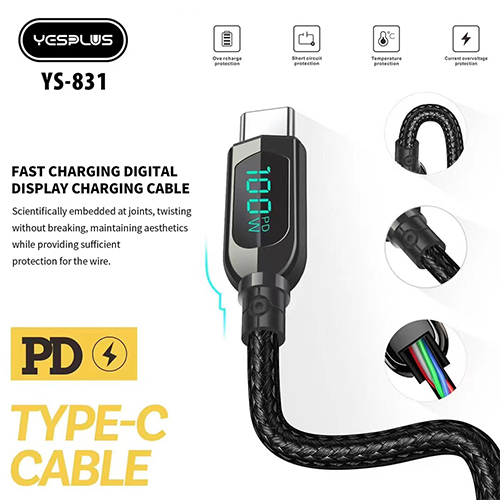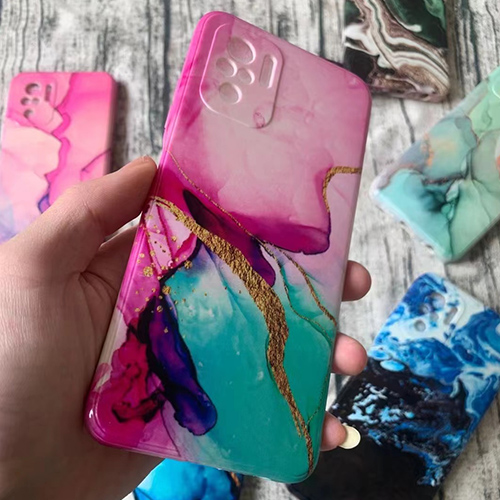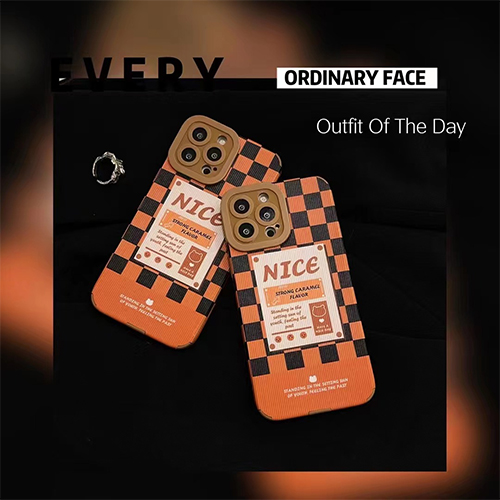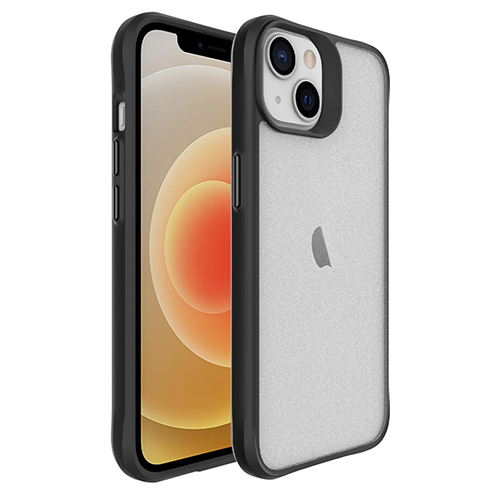Since the iPhone5 started the metal trend with all-magnesium aluminum alloy, many mobile phone manufacturers have started to use metal appearance to varying degrees. A piece of metal casting, how many procedures need to go through, before we can turn into a beautiful mobile phone shell?
Leeco's mobile phone LeMax uses all-metal phones, with each metal body in the production line for more than 100 minutes. Let's reveal the 16 steps it took to get from a piece of aluminum weighing 357g to a final shell weighing 37.5g.
Extruded Aluminum
The first step is to cut and extrude the cylindrical aluminum. This process is called aluminum extrusion, which makes the aluminum become a 10mm aluminum plate after extrusion convenient for processing, and at the same time more dense and hard.
DDG
CNC machine tool (high speed drilling and tapping center) was used to accurately mill the aluminum plate into a regular THREE-DIMENSIONAL volume of 152.2×86.1×10mm through DDG, so as to facilitate CNC finishing.
Rough Milling Lumen
In order to facilitate CNC machining, the metal body is clamped with in-wall fixtures. Rough milling of the inner cavity, the inner cavity, and the positioning column combined with the fixture processing, which is crucial to the subsequent processing links.
Milling Slot Antenna
For all-metal phones, the most difficult thing to solve is the signal problem, and the iPhone 4 suffered from poor signal caused by the metal frame when it first launched. Aluminium can also block (weaken) the radio frequency signal of a mobile phone, so it must be slotted so that the signal can be routed in and out. Therefore, milling the antenna slot is the most important and difficult step. The antenna slot must be milled evenly, and maintain the necessary link points to ensure the strength and integrity of the metal shell.
T Treatment
After milling the antenna slot, the aluminum is treated to a surface that can be combined with engineered plastics using a "T treatment." The metal body needs to be placed in a special chemical agent such as liquid T, so that the surface of the aluminum forming nano scale (1 nanometer =10 ^ 9 meters) holes, for the next step of nano injection molding preparation.
NMT Nano Injection Molding
The "injection molding" part is made possible by NMT nano injection molding process because of the metal body treated by T before. NMT nano injection molding is to squeeze the special plastic under high temperature and high pressure into the metal material processed by T, so that the plastic and the metal surface nano-level tiny holes are closely combined, so as to achieve the purpose of fastening the antenna.
Fine Milling Surface
In addition to the signal antenna, which is difficult to process, 3D shaping of the metal body happens to be the most time-consuming process, taking more than 1,000 seconds.
Finish-milling Side
The METAL body's 3D curved surface was CNC milled out, but there was still a circle of redundancy at the edges, which required fine milling of the sides to see the metal shell prototype.
Polishing
The top high-speed and precision CNC machine tool was used before, but it can only achieve A1 ~ A2 level finish. In order to meet the subsequent processing requirements, it needs to be polished to A0 level finish, which can be a mirror effect.
Abrasive Blasting
The all-metal phone doesn't have an all-smooth finish, but a matte finish. This requires the "sandblasting" process to treat the metal surface into a matte effect.
Once the anode
Aluminum alloy is relatively stable, in order not to be disturbed by external factors such as sweat, it must be anodized. It's also the process of coloring the phone, turning the aluminum gold by anodizing it. For aluminum alloy dyeing process is very difficult to control, poor control will appear color difference, spots, etc., which will reduce the yield of good.
Highlights Processing
The lustrous cutting design requires cutting corners using the highest grade ultra-high speed CNC machines, a process also known as drilling or highlighting.
Finish-milling Lumen
After 12 steps of processing, the metal shell has begun to appear, then it is necessary to remove excess materials such as the positioning column used for fixture locking, so that the metal shell is completely clean.
The Second Anode
The shell that has been treated by CNC also needs a second anodic treatment to oxidize the surface and form a dense and hard oxide film to make it more wear-resistant and not easy to stain.
Conducting a Milling
After anodizing, the conductive effect of aluminum alloy shell will become worse, so it is necessary to remove the local anodizing film and expose the metal to obtain good grounding effect, which also needs to undergo CNC processing of milling the conductive position again.
Hot Melt Nut
Finally, a manipulator is used to embed the assembly nut into the plastic that has been made to ensure future mobile phone assembly.
In the past, the plastic mobile phone shell could be mass produced by making moulds, with relatively low production cost and high production efficiency. And now the metal phone shell, is completely through the CNC precision machine tool a piece of processing, the production cost is much higher. In order to meet the production efficiency requirements, manufacturing enterprises have to purchase large quantities of CNC drilling and tapping machining center machine tools.
The current mobile phone upgrades quickly, the future mobile phone technology innovation will also bring challenges to these mobile phone metal shell manufacturers.
 English
English  Esperanto
Esperanto  Afrikaans
Afrikaans  Català
Català  עִברִית
עִברִית  Galego
Galego  Беларус
Беларус  Hrvatski
Hrvatski  Shqiptar
Shqiptar  Bosanski
Bosanski  Frysk
Frysk  IsiXhosa
IsiXhosa  Somali
Somali  O'zbek
O'zbek  Hawaiian
Hawaiian  سنڌي
سنڌي  հայերեն
հայերեն  Lëtzebuergesch
Lëtzebuergesch  Español
Español  Português
Português  русский
русский  français
français  日本語
日本語  Deutsch
Deutsch  Tiếng Việt
Tiếng Việt  Italiano
Italiano  Nederlands
Nederlands  ไทย
ไทย  Polski
Polski  한국어
한국어  Svenska
Svenska  magyar
magyar  Malay
Malay  বাংলা
বাংলা  Dansk
Dansk  Pilipino
Pilipino  Türk
Türk  Gaeilge
Gaeilge  عربى
عربى  Indonesia
Indonesia  norsk
norsk  Ελληνικά
Ελληνικά  Українська
Українська  فارسی
فارسی  Burmese
Burmese  Latine
Latine  Қазақ
Қазақ  Azərbaycan
Azərbaycan  Lietuvos
Lietuvos  Српски
Српски 










